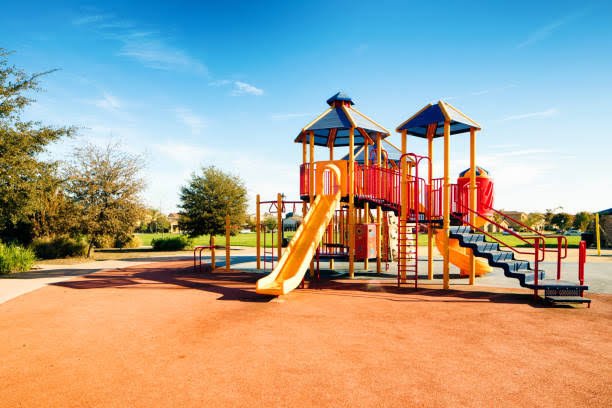Public parks play an important role in improving the quality of life for both inhabitants and tourists. They provide recreational green areas, improve physical and mental well-being, and contribute to the overall beauty of cities and communities. One of the fundamental questions that arise during the planning phase is, “How much does a public park cost to build in Australia?” However, the construction of public parks involves various cost factors that need to be carefully considered and analyzed. This article aims to delve into the key factors that influence the cost of building public parks in Australia, offering valuable insights into the financial aspects of park development.
Site Acquisition And Preparation
One of the primary cost factors in public park construction is the acquisition of suitable land. The location, size, and accessibility of the park site significantly influence its cost. Urban areas with high land values pose a challenge, often requiring substantial investment. Additionally, the condition of the site, including the need for land clearing, grading, and soil remediation, can impact the overall expenses involved.
Design And Planning
The design and planning stage of a public park project is crucial in creating a functional and aesthetically pleasing space. The cost of professional landscape architects, engineers, and urban planners is an essential consideration. The complexity of the design, incorporating features such as walking trails, playgrounds, sports facilities, and water features, can significantly affect the project’s budget. The choice of materials, furniture, lighting, and infrastructure also contribute to the overall costs.
Infrastructure Development
Public parks often require various infrastructure elements to support their functionality. This includes pathways, lighting systems, irrigation systems, restroom facilities, parking areas, and utility connections. The extent and complexity of the infrastructure required can substantially impact the project’s costs. Factors such as the distance to existing utilities and the need for upgrades to accommodate the park’s needs can add significant expenses.
Environmental Considerations
In Australia, preserving and enhancing the natural environment is a priority. Public park construction projects must comply with strict environmental regulations and consider sustainability practices. Implementing eco-friendly features like rainwater harvesting systems, native plantings, and energy-efficient lighting can increase the initial costs but lead to long-term savings and environmental benefits.
Permitting And Approvals
Navigating the bureaucratic landscape of permits and approvals is a necessary step in public park construction. Developers must obtain various permits, including planning approvals, environmental assessments, and heritage clearances. The associated fees and the time required for the approval process can impact the overall project budget and timeline.
Construction And Labor Costs
The actual construction phase of a public park project encompasses multiple elements, including earthworks, installation of amenities, landscaping, and hardscaping. The cost of labor, including skilled workers, equipment operators, and construction crews, is a significant component. Materials such as plants, trees, turf, paving, and play equipment also contribute to the overall construction expenses.
Maintenance And Long-Term Costs
Building a public park is not solely about the initial construction costs. It is crucial to consider the ongoing maintenance and operational expenses. These include landscaping maintenance, regular cleaning, repairs, security, waste management, and utility bills. Allocating funds for long-term costs is essential to ensure the park remains functional and attractive for years to come.
Community Engagement And Stakeholder Involvement
Involving the community and stakeholders throughout the park development process is vital for successful outcomes. Conducting public consultations, workshops, and engagement programs incurs costs but ensures that the park design reflects the needs and preferences of the community. Building strong community support can positively impact fundraising efforts and future park utilization.
Conclusion
Building public parks in Australia involves a complex web of cost factors that need careful consideration. From land acquisition and design to infrastructure development and ongoing maintenance, each element contributes to the overall expenses. Understanding these factors helps stakeholders make informed decisions about resource allocation, ensuring the successful development of vibrant and inclusive public parks that benefit communities for generations to come. With thorough analysis and strategic planning, Australia can continue to create and maintain beautiful green spaces that enrich the lives of its residents.

